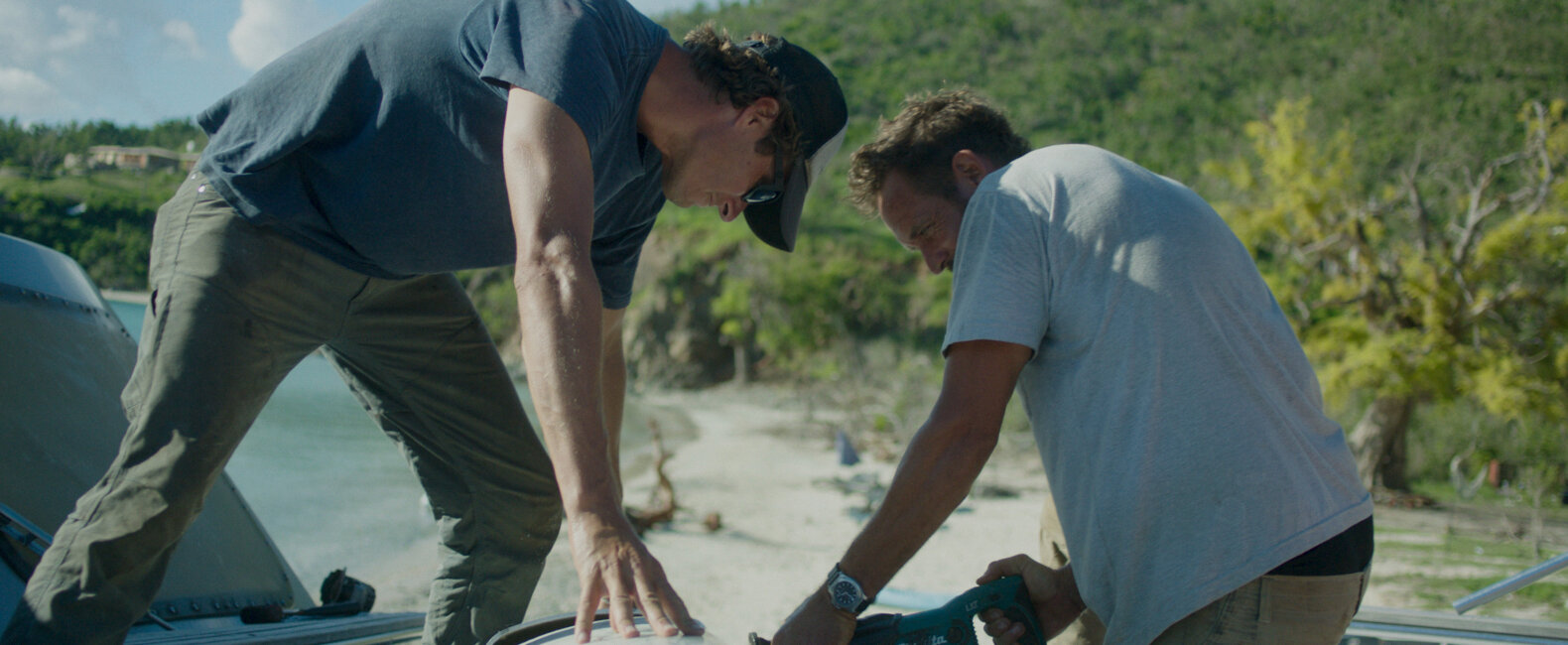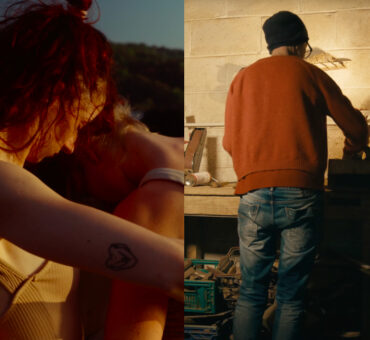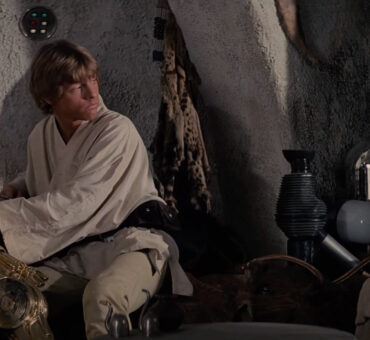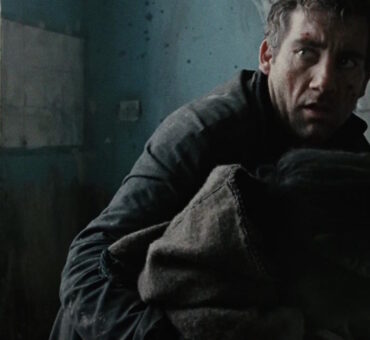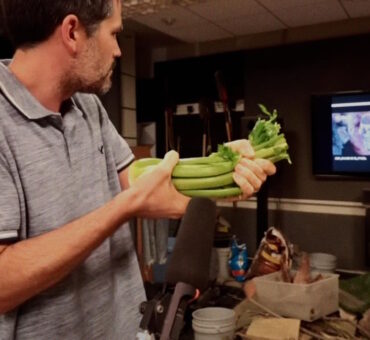The beauty (and terror) of creative projects is that things don’t always go to plan. Funding falls through, actors get sick, and you have to pivot your vision to something new. Then, you have the extreme version of that, which Director/DP/Editor Chris Murphy experienced during the production of YETI’s short film Kekoa:
“When the hurricane hit, it was a different ballgame,” Chris told us.
Yes, it’s true. When a hurricane hits in the middle of your production, you may have to let go of a few things and come up with some new creative ideas. Kekoa, a beautiful and emotional short, is the result of those new creative ideas. What seemed like an obstacle at the time turned out to be a narrative gift, something that Chris is still realizing weeks after its release.
Musicbed: Where did the idea for Kekoa come from?
Chris Murphy: I have a great relationship with Scott Ballew at YETI, and oftentimes I bounce ideas off of him. Some of them stick and some of them don’t. But, my friend Kina Pickett told me about her friend who lives in St. John. He had this crazy story about becoming an owner of this boat. I got on a call with her and Jamison Witbeck and I could tell right away that Jamison [Witbeck] was this captivating, very charismatic character, even over the phone.
When he talked about his boat he was very emphatic about it. I could tell there was this love and passion for this handmade wooden boat he and his brother had built. There was a cool backstory about how they lost it, and I thought that part alone could be a cool story. I put a treatment together and pitched Scott the idea and he loved it.
I went down there with Zach Johaneson, who co-directed it with me. We went there and shot some stuff. The plan was to get an interview and shoot a little B-roll and then I was going to cut a voiceover together to actually discover what the story might be. Shortly after that, we saw the Hurricane Irma building, and that’s when things changed.
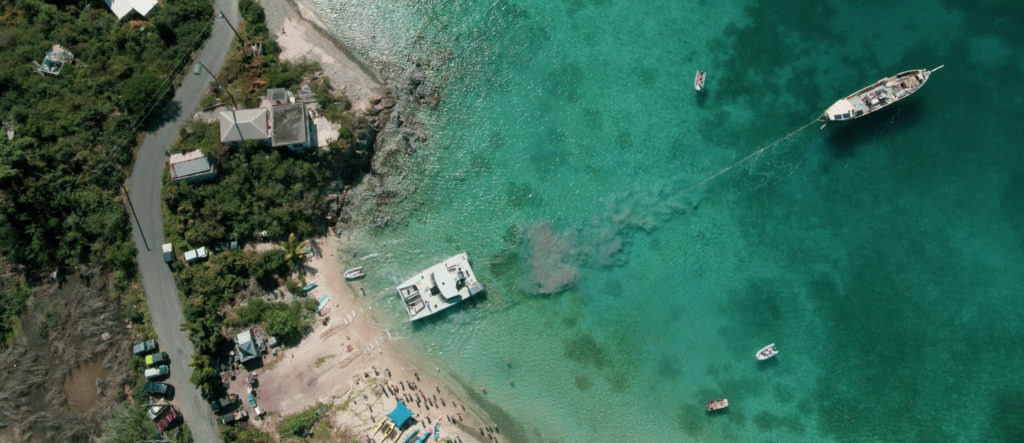
Wait, so the hurricane hit in the middle of production?
It hit right after our first shoot, yeah. The film as you see it came into being after hurricane Irma. Actually, we were at a point where Jamison and Ryan [Witbeck] were considering throwing the boat to the wood chipper and scrapping it after the storm hit. They were really emotional about it, but they just couldn’t see themselves doing it. They called us up and said, “We’re going to rebuild it. We’re going to do it.
How did you capture the footage of the hurricane? Did you send notes to Jamison and Ryan while they rode it out?
It didn’t work out as perfectly as we thought [laughs]. But yeah, we gave them really clear notes. I wanted them to capture stuff on iPhone vertically, to make the footage look completely different, from a first-person point-of-view, which ended up being great. I didn’t want them to care about the quality of it, because Ryan Witbeck is really into photography and cinematography, so he can nerd out on composition and that sort of thing and try to make images look beautiful. But, I told them it needed to look like home video footage.
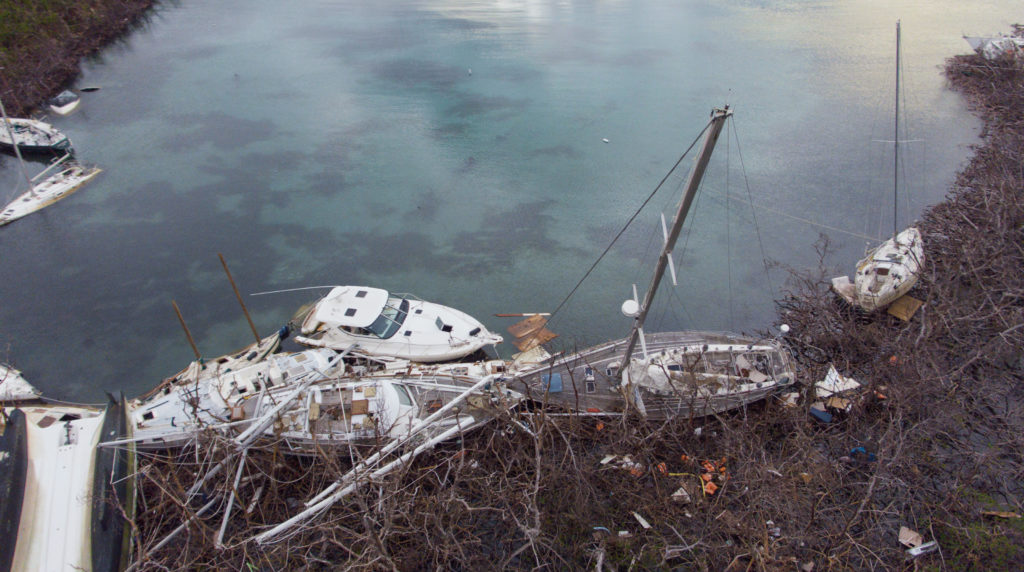
Before the storm hit, we knew we needed to send these guys GoPros and little microphones. They sent us a ton of footage. There’s a transition point where they wake up after the storm and they come out of their house and it was like a bomb went off. That stuff was really important that they captured it and I’m glad they were able to shoot it for us because we couldn’t even go down there at that time. We didn’t end up going back until a few weeks after Irma, and it was like a whole different island.
We knew there was a story after that because they were going to rebuild the boat. The scary thing was we didn’t know if it was actually going to happen. It took them a long time to do it and YETI was super patient throughout the whole process, thankfully, because it did take us a lot longer than we thought to put the film together.
Obviously, you’d never want a hurricane to hit an island. But as a storyteller, what was going through your mind when the storm did hit?
When the hurricane hit, it was a different ballgame. There’s a real story here now. Not that there wasn’t before, but now it was something we could turn into something that had three acts and there was a real arc to it.
Before, I thought we had a good story and great characters, but it was more of a portrait of people who live in St. John, chartering these sailing trips around the island.
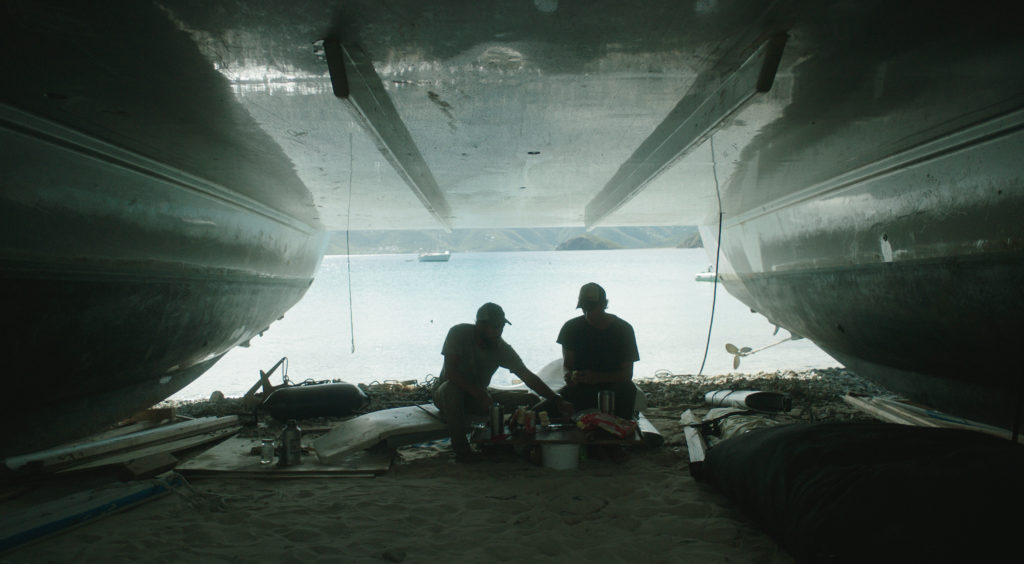
Watching Hurricane Irma from Montana, you’re seeing this story being built out for you. I was definitely hoping it would miss the island because no one wants to wish that kind of devastation upon anyone. But, in the back of your mind, we were beginning to realize this is turning into an incredible story. It has all these elements of heart, perseverance, and this camaraderie between these two brothers, where we’re going to see them test themselves in real-time. That does make for a compelling story.
We were able to pitch it to YETI again and they loved the idea of filming it. But, at the same time, I kept thinking, What if they don’t get this boat finished? Is it as good of a story? I kept trying to think of what that outcome would be, but they did end up getting finished. The way that it went back into the water, looking like this Mad Max, patched-together boat, the visual of that was really cool. It was almost like they were rebirthing it back into its home. It was very emotional for them.
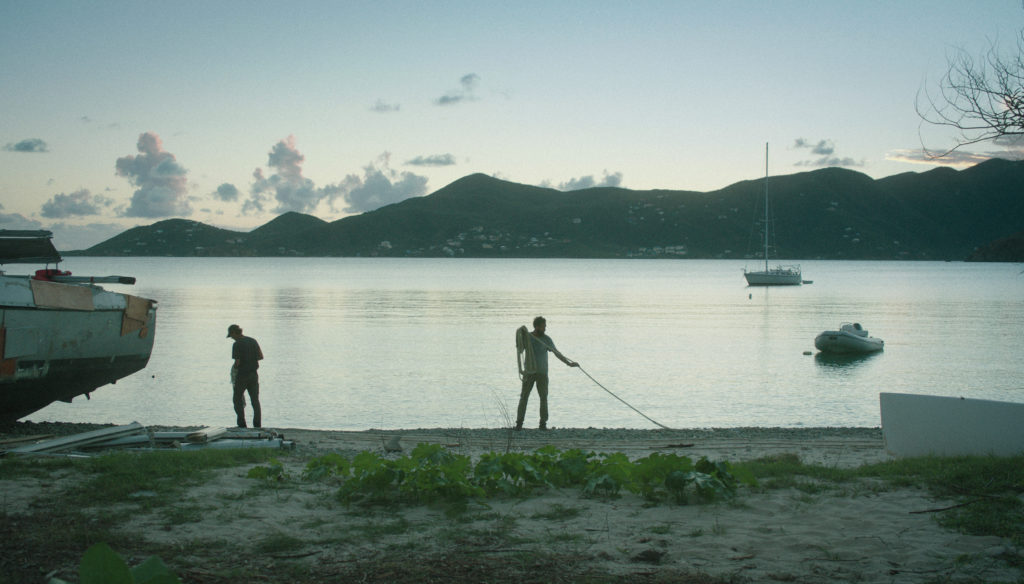
It’s impossible to plan for that, too.
It wasn’t even something that crossed our minds. During our first interview, before the hurricane, Jamison said something like, “Every year we get a hurricane through here. Hopefully, it’s not going to be a cat four or cat five.” Then, he knocks on wood. At the time, I just wrote it off. After the storm, I was like, did he actually say that? It was pretty astounding. It was something I overlooked, and then it turned into the main plot of the story. The weather turned into a plot and a character in the film. Piecing the thing was pretty crazy.
How did the editing process work? It seems to flow so well using so many different types of footage.
I started by organizing the footage, going through it, and pulling selects. Zach did the same thing and we strung together just assemblies of a day. We’d string out these super long assemblies with all of our scenes together that was like an hour and 10 minutes. From there, I started writing a paper edit and our editor, Hilary [Byrne], came in and cut it down to like 40 minutes. That was kind of the goal, knowing that I wanted to cut it down much shorter after that.
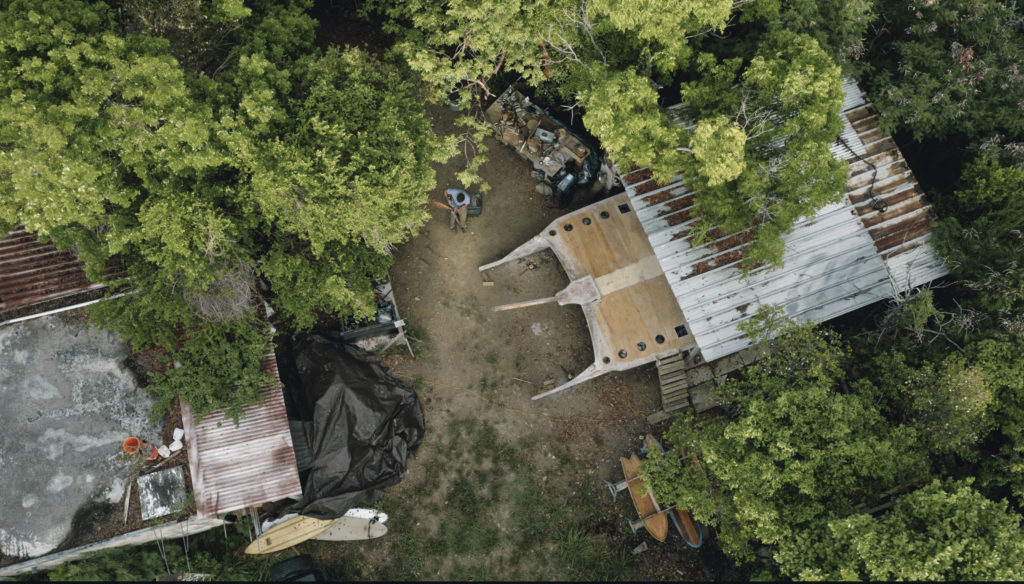
We still couldn’t get it to where it felt like it was working right. Scott watched it and he felt the same thing. It needed to be shorter, and there were certain plot points that weren’t really paying off. I decided I was going to take a couple of weeks to edit and see what it felt like. It took me, I don’t know how many weeks, honestly. I was probably sleeping like three to four hours a day for the month of January. It was definitely unhealthy.
Then, we had all this music in there, but it was all temp. I’ve used Musicbed for other things, and I needed a really diverse soundtrack—we needed to have a cohesive grammar when it came to the sound.
How did that end up working?
In my mind, I’d decided it was going to be eclectic because I didn’t think I’d be able to find songs that have themes and melodies that fit together. For a 30 minute film, you want music that carries you through the whole thing, that’s all related in some sort of way, and all feels like one family.
Sure enough, I found that there were more than enough cinematic songs on the platform. I was just trying to find those songs that felt like a family, and I was able to find them on Musicbed. It was a very cost-effective way of doing it, and, with the time constraints, we couldn’t call a composer to compose everything because we had to deliver it in such a short amount of time.
Zach pushed through the last couple of weeks with me and helped me get the edit across the finish line. We were sharing sequences, and he’d cut certain scenes. It wasn’t that I intended to edit it, but I had these ideas in my head and for some reason, it was not translating to the screen. But, after a while, things started flowing better. I still wish I had more time to finish it.
Listen to the Kekoa soundtrack here:
Why’s that?
Just a few things. It didn’t get colored. I shot it with a LUT, so I was able to take the LUT and put it on there, but I wanted to get it colored, but we didn’t have time. There are always things you wish you’d done differently. It just happens.
I actually went back and watched it recently because I couldn’t get myself to watch it for a while afterward. Maybe I felt like I let Jamison and Ryan down, or even let YETI down. But, I started getting notes from people saying they loved it. I started realizing people genuinely did like it and maybe I shouldn’t be so hard on myself.
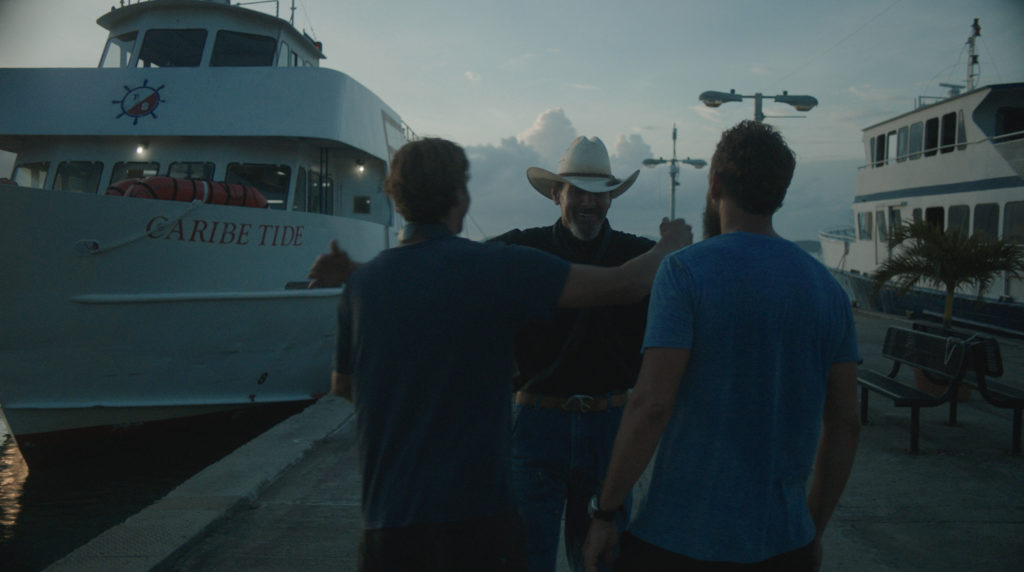
The film seems to serve the story above all else, which is refreshing.
Well, thank you. That’s really flattering. I did have to sacrifice the thing I usually love the most, which is photography, only because we had to get the story right. We just kept going back to that. Between Zach, Scott, and I, we were having these conversations about what was really important. Scott’s great to work with because he wants to empower the filmmakers to make those decisions.
But having his input was super helpful because it would sometimes confirm what we were already thinking—we should probably cut this thing out or add this thing back in. For instance, we added a scene back in, where the father comes down to see them. It ended up being one of my favorite scenes.
Do you think those “sacrifices” made for a better film?
Yeah. It’s funny how we had this vision of creating this polished piece. In our first shoot, we went out there with a RED, two Alexas, and shot from a boat that was all rigged up. You should’ve seen the amount of production gear we brought out to make this epic-looking film. It all just fell to the wayside when this opportunity to tell a real story about brotherhood and family presented itself. You can have a plan to make something, and then the film tells you what it needs to be.
Then a hurricane hits.
[Laughs] Exactly. Then, a hurricane hits.
Learn more about what YETI looks for in a branded content film by reading our conversation with YETI’s Head of Content, Scott Ballew.















































































